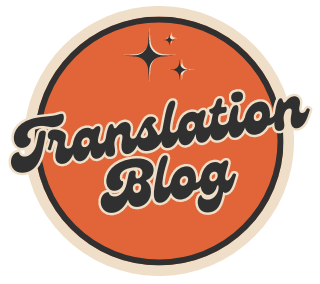In a world where immediacy often drives business decisions, real-time communication has become a vital component of global success. For translators and language professionals, this demand presents a growing opportunity—and a new challenge. As cross-border business and digital marketing expand, so too does the need for platforms that bridge language gaps and cultural nuance in real-time.

Why Telegram Has Emerged as a Global Communication Tool
Telegram has quickly become one of the most versatile messaging apps on the market. Known for its privacy, speed, and open API capabilities, it has surpassed traditional platforms to serve not only individual users but also businesses, educators, and professional communities. From broadcast channels to multilingual group chats, Telegram supports seamless interaction across time zones and languages.
Key features that make Telegram ideal for international communication include:
- Support for multilingual content with in-app translation tools
- Large group capacity (up to 200,000 members)
- Bot integration for automation and community engagement
- Cloud-based syncing, allowing access across devices worldwide
For language professionals, this presents a clear opportunity to both engage clients and collaborate with peers on a global scale.
Telegram’s Role in Specialized Professional Communities
What sets Telegram apart is its ability to foster niche, highly-focused groups that encourage knowledge exchange and skill development. Translation professionals are increasingly turning to industry-specific Telegram groups for job leads, terminology debates, software tips, and peer networking.
An emerging trend within these circles is the integration of finance and language services, especially in regions where multilingual trading signals are in high demand. Platforms that bridge language with high-value data—such as free Telegram groups with Learn2Trade—are offering real-time financial insights that cater to both English and non-English-speaking audiences. These groups not only facilitate understanding of forex markets but also promote cross-linguistic accessibility in the financial world, expanding the translator’s role into fintech domains.
The Growing Importance of Localization in Messaging Platforms
Localization isn’t just about translating text—it’s about adapting content to resonate with a specific audience. Telegram allows channel and group admins to post content in multiple languages or cater to localized audiences through subgrouping and content filtering.
Here’s how translators are leveraging Telegram for localization projects:
- Campaign testing: Translators use Telegram to pilot marketing messages with diverse audience samples before broader release
- Real-time feedback: Instant polls and reactions help assess the effectiveness of localized content
- Client coordination: Telegram simplifies project discussions with international clients by offering secure, fast messaging and file-sharing
| Feature | Impact for Translators | Use Case Example |
|---|---|---|
| Multilingual Bots | Automate replies in multiple languages | Client support for global e-commerce sites |
| Group Polls | Real-time feedback for content testing | Checking cultural tone of slogans |
| File Sharing | Easy distribution of glossaries, contracts, etc. | Collaborative terminology review |
| Channel Analytics | Monitor user engagement by region or language | Refining translation strategies |
Security and Professionalism for Language Businesses
Confidentiality is crucial in the translation industry, particularly when dealing with sensitive corporate documents, legal materials, or unreleased product information. Telegram’s end-to-end encryption (available in secret chats), self-destruct timers, and two-factor authentication provide translators and agencies with a level of security necessary to maintain client trust.
In addition, professional translation agencies are using Telegram as an internal communication tool, integrating it with project management bots and CRMs. This speeds up feedback loops, facilitates file transfers, and fosters a more agile project workflow.
Integrating Telegram into Translation Workflows
To effectively use Telegram in daily translation and localization tasks, professionals are incorporating the platform into their broader digital ecosystem. Many pair it with:
- CAT tools, to share updates and files in real-time
- Google Sheets, for managing collaborative glossaries and term bases
- Translation management systems (TMS), through webhook integration
- Social media content localization, managing multilingual content calendars via Telegram groups
These integrations reduce email dependency and streamline the entire communication process, from proposal to delivery.
Final Thoughts
As the translation industry continues to evolve alongside global tech trends, platforms like Telegram are reshaping the way language professionals work, communicate, and deliver value. For translators ready to adapt, Telegram offers a unique blend of immediacy, functionality, and multilingual versatility that aligns perfectly with the modern demands of global communication.

